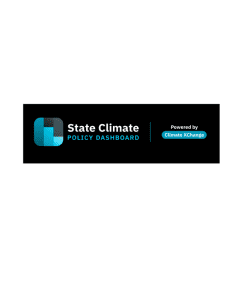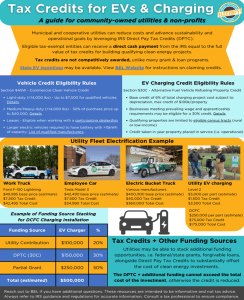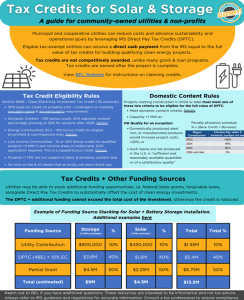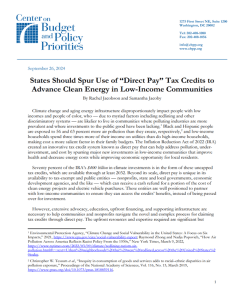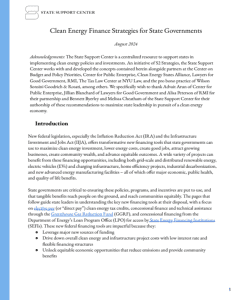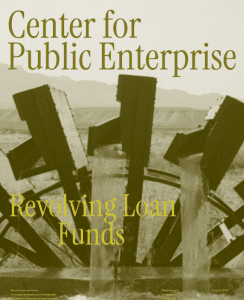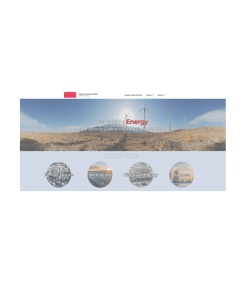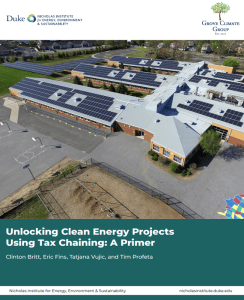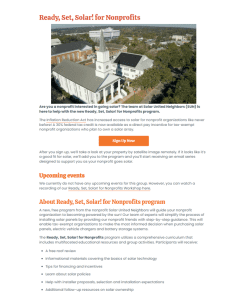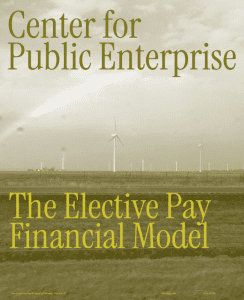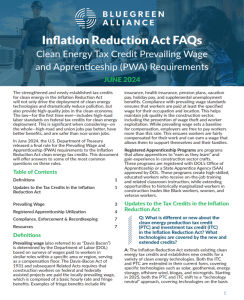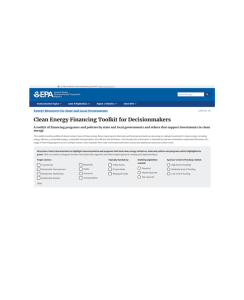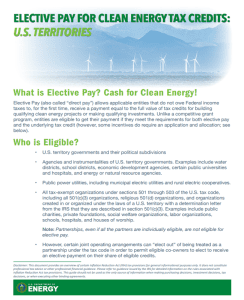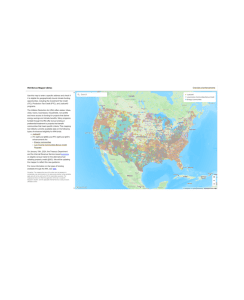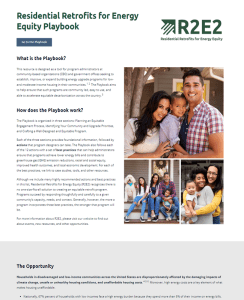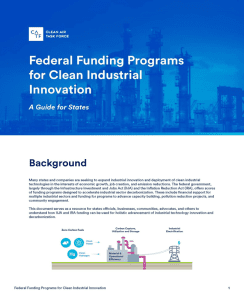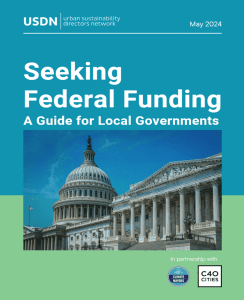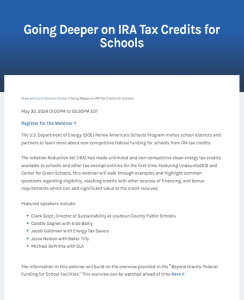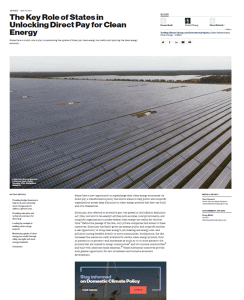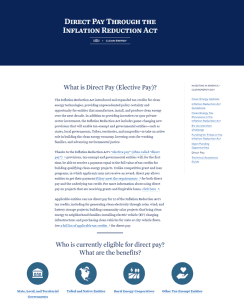To add a resource, simply fill out this form and we’ll add it to the library!
Filter by Date
Resources Found:
Filter Selections:
October 2024
The State Climate Policy Dashboard is a curated, interactive database with information on state-level climate policy progress in the U.S. Explore by state to learn about enacted policies and opportunities across all 50 states or by policy area for national landscape analyses and resources on 62 climate policies.
October 2024
The Beneficial Electrification League (BEL) published a tax credit guide on EVs and charging for community-owned utilities & non-profits.
October 2024
The Beneficial Electrification League (BEL) published a tax credit guide on solar and storage for community-owned utilities & non-profits.
September 2024
States should take action to ensure the benefits of the IRA credits flow to residents of low-income and marginalized communities.
September 2024
The Tribal Customer Experience (CX) Pilot for Post-Award Reporting sought to pilot solutions to reduce the administrative burden of tribal grant recipients.
August 2024
A report on the roles public developers play in the transition to a clean energy ecosystem.
August 2024
This memo provides recommendations for how states can facilitate use of new federal financing tools
August 2024
In this report, the Center for Public Enterprise (CPE) illustrates the operations and functions of RLFs more generally and explains how they can play a key role in the development of clean energy.
August 2024
Visualizing Energy communicates trustworthy information on the link between sustainable energy and human well-being to decision-makers, media, companies, advocates, educators, and the public.
July 2024
This paper provides a high-level overview of chaining, an emerging concept that marries two highly consequential provisions of the tax code established by the passage of the 2022 Inflation Reduction Act (IRA): Transferability of tax credits and direct (also known as elective) pay to nonprofit or public entities in lieu of tax credits.
July 2024
Ready, Set, Solar! for Nonprofits is a new, free program that will help nonprofits go solar.
July 2024
Ready, Set, Solar, REAP! is a free program designed to make the application process easier by offering step-by-step guidance over 10 weeks to complete and submit a USDA REAP grant.
July 2024
The updated report describes how the Elective Pay Model works and the conclusions that can be drawn from using it.
June 2024
This document will offer answers to some of the most common questions on the rules for the Prevailing Wage and Apprenticeship requirements to the Inflation Reduction Act clean energy tax credits.
June 2024
A toolkit of financing programs and policies by state and local governments and others that support investments in clean energy.
June 2024
This Fact Sheet outlines how to access the Elective Pay option in U.S. Territories. It explains who is eligible, what types of tax credits are eligible for elective pay, how to claim the credits, and more.
June 2024
Use this map to enter a specific address and check if it is eligible for geographically bound climate funding opportunities, including the Investment Tax Credit (ITC), Production Tax Credit (PTC), and Justice40 programs.
June 2024
This resource is designed as a tool for program administrators at community-based organizations (CBO) and government offices seeking to establish, improve, or expand building energy upgrade programs for low- and moderate-income housing in their communities.
June 2024
This document serves as a resource for states officials, businesses, communities, advocates, and others to understand how IIJA and IRA funding can be used for holistic advancement of industrial technology innovation and decarbonization.
June 2024
This resource offers a collection of insights, lessons learned, best practices, and common challenges and pitfalls faced by local applicants in seeking federal funding. It is intended to support local governments with their process of conceiving, partnering, and applying for such funding.
May 2024
This report identifies strategies for policymakers, efficiency program administrators, and other decision makers to support home energy upgrades by braiding and stacking new federal funds with existing state, local, utility, and other resources.
May 2024
The U.S. Department of Energy (DOE) Renew America’s Schools Program invited school districts and partners to learn more about non-competitive federal funding for schools from IRA tax credits.
May 2024
The report lays out how state governments play a key role in helping cities, tribal nations, community-based organizations, and other local entities claim Direct Pay for their clean energy projects.
May 2024
This page provides information about direct pay (elective pay) including who is eligible and how to apply.

